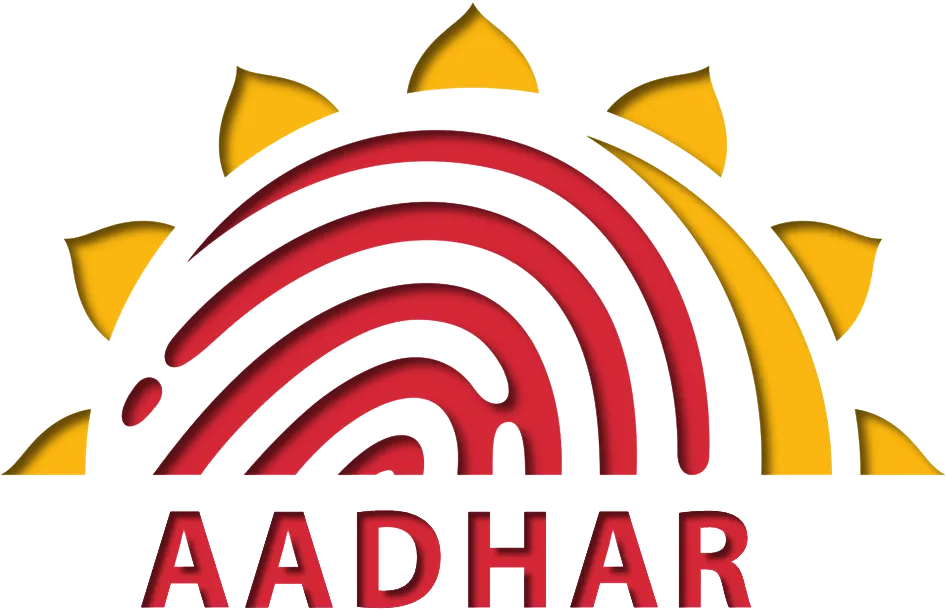
It was reported last month that the All India Institute of Medical Sciences (AIIMS) has requested the Union Health Ministry for mandatory linkage between Aadhaar and unique health identification numbers (UHID) which AIIMS has been generating for OPD patients for some time now. It has been observed that this simple and a straightforward suggestion has major implications for delivery and democratisation of healthcare in the country.
Unique hospital identification numbers
Implementing a system of a unique hospital identification number is an important step in the right direction that any healthcare organisation can take. It ensures that all medical information of a patient, across different health encounters, is linked together to provide a complete longitudinal record. It is an important step in improving medical care. The problem that still remains is when the patient moves to another healthcare organisation, since UHIDs of one organization will not work in another. This is the reason Aadhaar had been proposed, and has been accepted in principle as the nation level 'UHID', as the latest government notification of Electronic Health Record (EHR) Standards- 2016 shows .
Linking UHID and Aadhaar: The benefits
Aadhaar, however, is not meant as a replacement of the UHID being used in any given organisation; rather, it sits alongside the organization's UHID and can link medical data across different institutions, as well as to a future national level registry and database where all linked Aadhaar data can be stored. This is yet in the pipeline and active work is happening on it, as part of the Integrated Health Information Platform (IHIP). Till this is ready, Aadhaar will not fully serve the primary purpose of UHID-Aadhaar linking.
There is yet another advantage of UHID-Aadhaar linking. Patients often unknowingly have duplicate UHIDs in the same organisation, leading to fragmentation of their medical record. An Aadhaar link to their multiple UHIDs will allow collation of all their multiple records into one. Aadhaar is linked to biometric data and this could be useful for identifying patients brought into a hospital in an unconscious condition and pulling out their old medical records, including potentially life threatening allergies etc. This could save many lives.
Challenges and risks ahead: Technical and political
Although this sounds good in theory, there could be issues. Everyone does not have an Aadhaar number- at least not yet. This means that linking of a UHID to Aadhaar cannot be made mandatory at this stage. This could also mean that, even for patients who do have an Aadhaar number, because linking is not mandatory, it may be missed out. There have been suggestions on generating a 'temporary alternative' to an Aadhaar number for this purpose alone. Algorithms have been discussed that include the residence state, hospital, gender, etc. but none have been agreed upon yet.
The primary purpose of Aadhaar linking is patient data interchange. While government hospitals are likely to accept data interchange, private hospitals may not always be so ready. Issues of patient confidentiality and organisational competitiveness may arise. A national registry that is mandated by the government will help overcome reluctance, but the actual amount of data submitted could depend on the extent mandated. On the other hand, private hospitals do have a higher level of computerisation than government hospitals and an Aadhaar linked patient record is hence more likely to be submitted to an electronic national registry by private hospitals than by government hospitals.
Read | < style="color: #960f0f">Overcoming data challenges in tracking India’s health and nutrition targets
National level data interchange has been a goal that many countries are chasing. Impediments to this have been technical as well as political. On the technical front, issues have been related to data storage structures, and disparate systems that do not talk to each other. These are higher in developed countries which have a large number of legacy systems. One of these- the ARRA initiative in the US tried to get hospitals to exchange patient data, so that medical care is made more efficient, both from the clinical and financial standpoints. This has been a slow and tedious process.
The UK has”The Spine” which is a database of basic patient demographic data, an electronic prescription service, summary care record and an e-referral service. Full patient data interchange still does not occur. Aadhaar thus addresses just one facet of the whole story. Organisations need to be willing to talk to each other, and systems need to be capable of talking to each other. Mandating data interchange would help remove any reluctance, but will not easily solve the technical issues of data interchange.
Fortunately, India is a relatively green field as far as hospital information systems go, and the legacy issue of disparate systems is not insurmountable. The recent move by the government to publish electronic medical record (EMR) standards is a step in the right direction, ensuring that systems adapt to a common terminology. India also became a member of the International Heath Terminology Standards Development Organisation (IHTSDO) in 2014, so that all organisations within the country can use SNOMED CT, one of the biggest enablers of medical data interchange.
The benefits of unified medical records, via Aadhaar, will not be limited to just the hospital industry. Health insurance organisations will benefit too since they will be able to get a more complete picture of their clients, better than they have ever done in the past. Patients will benefit since they will have a more complete personal health record, via a personal health portal. After all, the owner of all health data is the patient himself/herself.
Need for patient empowerment
Health data security does become an issue as Aadhaar- enabled data interchange, outside otherwise siloed organisations, can lead to leakage of confidential data. Organisations with legitimate access to national level patient data may get access to the entire patient data, even though the patient may want only selective data to be made available. Patients will need to be empowered to control their data.
While the assumption is that all patient data will be linked to Aadhaar and interchanged across different organisations, the question is still open on whether the patient should have a say in enabling this linkage. The legal aspects of EMRs are still being studied, and the government of India has set up a legal committee just for this purpose. Its recommendations are expected soon. This may have an impact on not just EMR data safety, but also other aspects of Aadhaar linkage.
The views expressed above belong to the author(s). ORF research and analyses now available on Telegram! Click here to access our curated content — blogs, longforms and interviews.




 PREV
PREV


